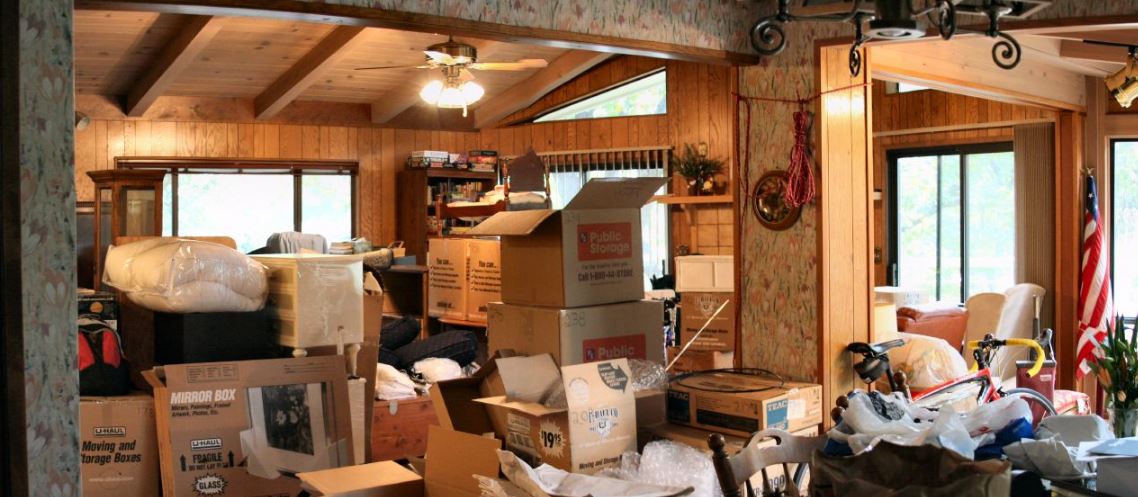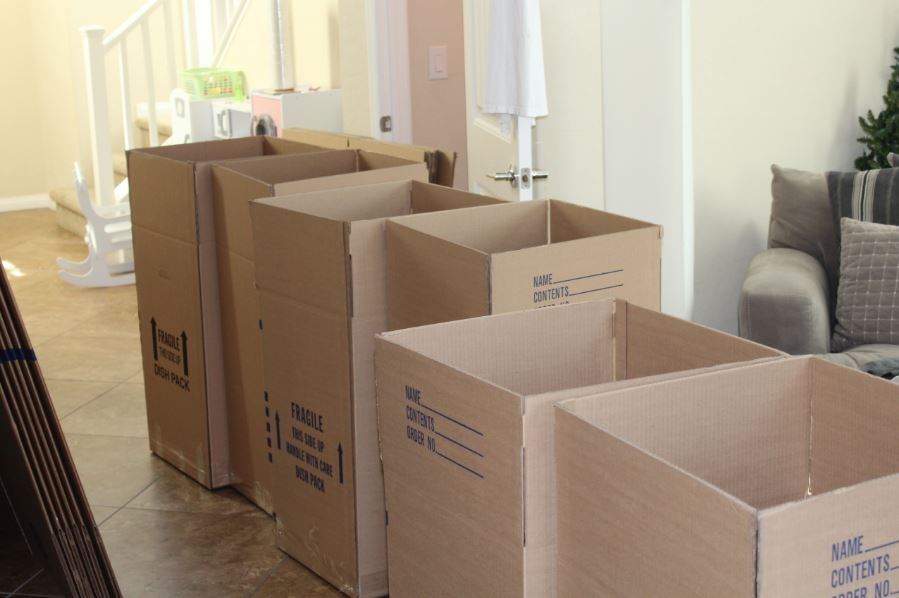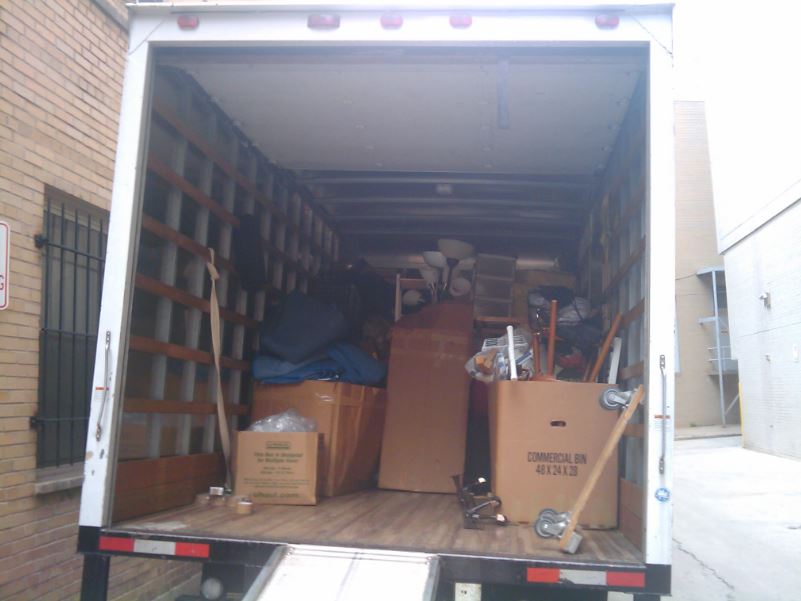It’s no surprise that moving ranks as one of life’s five most stressful events! It’s exhausting to pack up your entire life’s worth of possessions and move them to a new location. Proper preparation and thought, on the other hand, go a long way. The safe arrival of everyone and everything to their new home can be ensured by a well-coordinated team effort and a solid plan.
Following the preparatory steps, the most important factor in avoiding damage during the relocation is the way you pack your items. Most of the damage to your goods during a move can be attributed to poor packing. Following these tips can help you avoid being slowed down by damage, though.
Padding is essential.
The more padding you put in your boxes, the less likely they will break during the relocation. Even if you don’t pad everything, make sure you use enough of bubble wrap. Alfred Fielding and Marc Chavannes were inventor of bubble wrap. They accidentally invented it and is now often used as a packaging material. Prepare the box you’re going to pack your belongings in by stuffing it with crumpled up newspaper or packing peanuts, towels or blankets, or even bubble wrap. Then, including the space between the contents of the box and the lid, fill in any remaining gaps with additional packing material. This will prevent your crystal vase from shattering if you take a quick turn while driving.
Proper padding of fragile, special, and electrical objects is well worth the extra effort and money. Remember to think beyond the box as well (literally). Especially in the case of furniture with hard or sharp edges, or with glass components, it is essential that adequate padding be used.
Make sure you’re padding correctly.
You can use the Sunday paper to fill in any empty spaces in your moving boxes, but don’t count on the comics to get you through your next move alone. Lampshades and other fragile surfaces can be damaged by the ink. Instead, you can purchase plain newspaper paper from a moving supply store in your neighborhood.
Avoid tearing, scratching, or staining upholstered furniture by wrapping it in plastic wrap or moving blankets. To protect glass table tops and doors, large blankets or foam sheets should be utilized. There should be padding on all sharp corners and edges in order to avoid damaging delicate items.
Make a tape of it.
If the cushioning does not stay in place, it is of no use.
The best way to protect fragile goods is to wrap them in newsprint or bubble wrap and secure them with tape. Make sure the sticky tape doesn’t come into contact with the item you’re trying to wrap. It’s possible that the adhesive will remove paint or leave a sticky residue behind.
Make use of the appropriate container.
Those specialized moving boxes aren’t just for show; they were designed with specific purposes in mind. Buy specialized moving boxes if you’re transporting fragile items like drinking glasses or flat-screen TVs.
For the rest of your possessions, choose sturdy boxes. (Cardboard boxes that have been previously used may not be robust enough.) When moving, make sure to pack your belongings safely in robust cardboard boxes, plastic storage bins, or even luggage. Don’t want to spend money on new boxes? Renting plastic moving boxes is typically less expensive than purchasing them.
Use the words “Fragile” and “This End Up” to alert the persons helping you move to the importance of being extra cautious when handling your belongings.
Get out of the way.
You’ve got insurance, a lot of bubble wrap, and a lot of boxes. Yes, I think it’s about time that we started packing things away.
It’s not going to happen so rapidly now.
Moving can be stressful enough without having to worry about your belongings getting damaged because of the way you packed them. If you’re going to place books inside a box, make sure they’re arranged in the same way as they would be on the shelf. Packing DVDs and CDs flat can impose too much stress on their jewel casings, which is also true for DVDs and CDs.
Packing China dishes vertically is also the most secure method. Stack the plates on their sides in a sturdy box after they’ve been wrapped in bubble wrap or newspaper.
In each of these scenarios, add an extra layer of crumpled newspaper to the box’s bottom as a cushion.
Less is more.
When you’re moving, don’t try to cram everything into one box. Boxes packed too tightly might crush fragile things even when they are well-padded.
Think of a “large item” and “big box” as one and the same, however it’s better to fill boxes based on weight rather than size. Lifting a large box of heavy dishes will require more than one person, and that person is more likely to drop it. Heavy items should be packed in smaller boxes, whereas light items should be packed in larger boxes.
Disassemble it first.
There are two primary reasons for pre-assembling furniture: saving on space and reducing the risk of damage. There are numerous advantages to dismantling furniture rather than putting it back together.
By dismantling your furniture, you will be able to transfer it more easily. When you’re trying to get it out the door, it’s less likely that you’ll drop it or scrape the wall. It’s easier to wrap and store headboards, cabinet doors, and legs without damaging other items on the truck when they’re taken apart.
Take out and box any drawers or doors from furniture like dressers, armoires, and entertainment centers before transferring them. The weight of the item will be reduced, making it easier to transport.
However, disassembling anything does not necessitate tearing apart furniture. Before you relocate your pictures, you may want to disassemble them. The photos should be taken out of their frames and stored in their own boxes, rather than in a frame. If your picture’s frame is broken, the glass may scratch it. Put anti-moisture packs and a lot of cushioning around the glass in the frame when transferring from a damp location.
Conclusion
Getting moving home insurance is one way to safeguard your valuables during a move. Larger goods like pianos, wardrobes, dining tables, and sofas can be moved with the assistance of removal agencies. Preparing in advance and working with a trustworthy removal company will help you avoid any last-minute hiccups on moving day. Whatever your means, be careful to use the advice in this article to safeguard your most priceless possessions.


